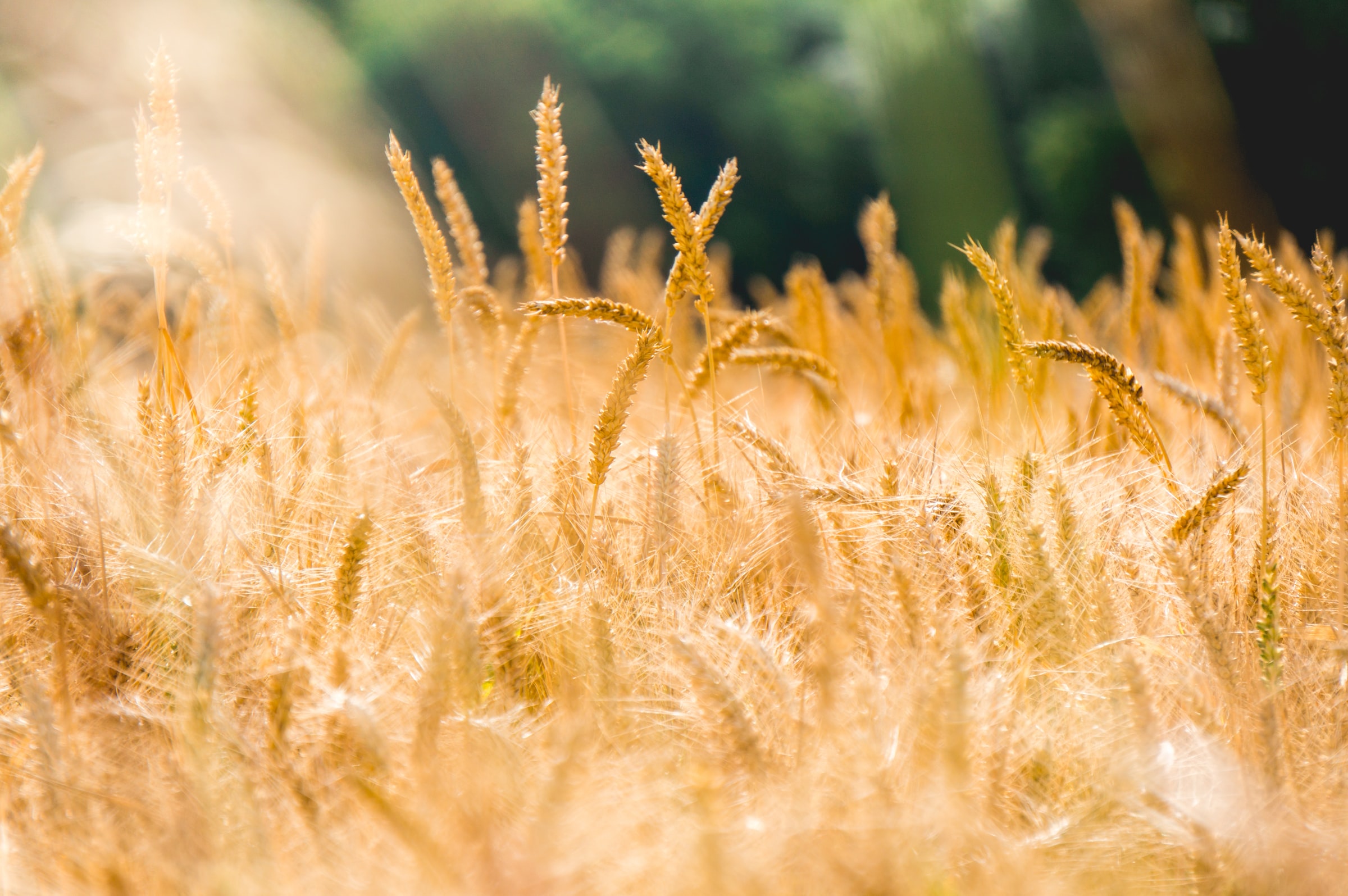We live in a consumer society where the daily life of a citizen is summed up in working to afford what guarantees his comfort. Food is one of the bases of these priorities. Among the most common food products, cereals are the staple diet of many communities.
Whether processed or unprocessed, they grace the shelves of markets and supermarkets. The first thing that strikes us when we see these products is the price or the quality. Rarely do we question how they were produced and who is responsible for their production.
The cereal farmer

The grain farmer is a farmer whose activity is centered on the production of grains such as corn, wheat, rice and many others. Depending on the size of his operation, the cereal farmer can be a simple local producer. He can also be a real businessman, working with large distribution companies. But whatever his level of production, he is first and foremost a farmer like any other; subject to various constraints and required to ensure meticulous work in order to have a good harvest.
Maintenance of the land to be cultivated
Land is the basic element on which a farmer’s activities are based. Having a piece of land does not make anyone a farmer. The land must be well prepared before it can be cultivated. To do this, the land is turned over so that it can be aerated. It is then treated with fertilizers and pest control products. If the surface in question is of poor quality, this can be remedied by adding compost or potting soil.
Seed selection

The choice of seed is a decisive procedure on the quality of the yield. For this, the farmer proceeds to a careful selection of seeds. The choice of a good seed does not depend on its morphology, but on its genetic potential, that is its capacity to generate a good quality harvest. This is where the farmer’s know-how turns into an instinct, since the genetic properties of a seed cannot be seen by the naked eye.
Sowing
Once all the conditions for cultivation are met, the seed can be sown. This is the operation that consists in putting the seeds in the ground. The farmer can proceed in a traditional way by sowing by hand or by using tools such as a seeder.
The climatic conditions

If climatic hazards are our worst nightmares, they are also for farmers. Indeed, they are the main causes of crop deterioration, thus contributing to the decrease in production. The farmer is therefore required to choose the right season for planting in order to limit the damage.
Monitoring and treatment of the plants
Once the seeds have started to grow, monitoring is carried out on a recurrent basis over the whole field. Weeds are also removed and harmful pests are exterminated from the plantation.
Harvest and distribution

Once the cereals have reached maturity, they are ready to be harvested. This is a process by which the farmer harvests the products of his plantation. While manual labor is still common in some parts of the world, many farmers prefer to use special machines such as combines for grains like rice, wheat, oats, and harvesters for corn.
After harvesting, the grain is stored in granaries until it is available for sale. The distribution circuit may vary from one farmer to another. While some farmers sell their products on a local market, others work with large distribution chains such as supermarkets or processing industries.
A responsible job
In addition to ensuring the quantity and quality of his production, the farmer must respect hygiene measures in order to protect consumers. Thus, the law requires him to respect production standards by imposing restrictions on the use of fertilizers and other plant treatment products. This measure also has an ecological impact, since it limits the use of pesticides that can rapidly degrade the quality of the soil.
Sound off in the comments section below and tell us what you want to read next and if you want to read more about farming.
